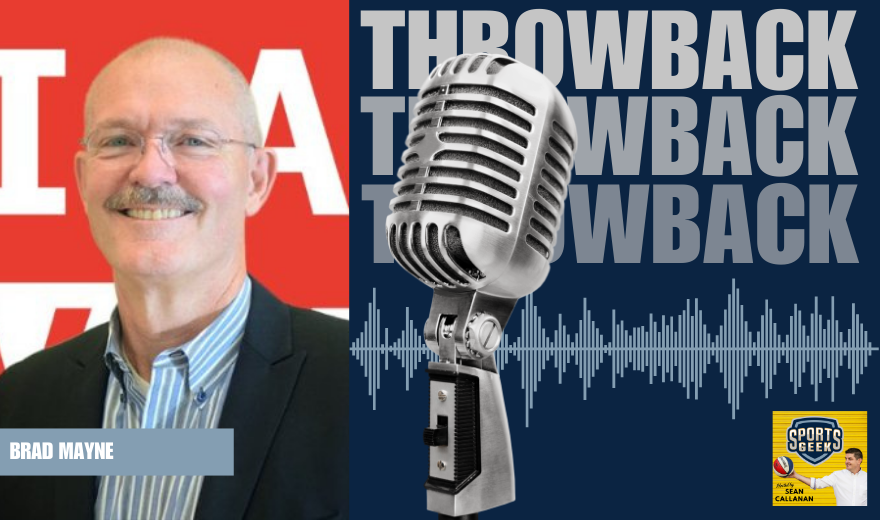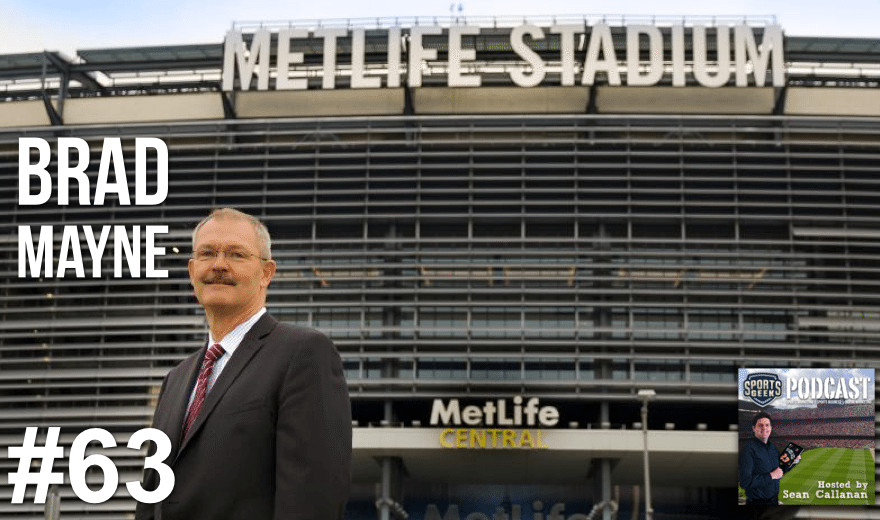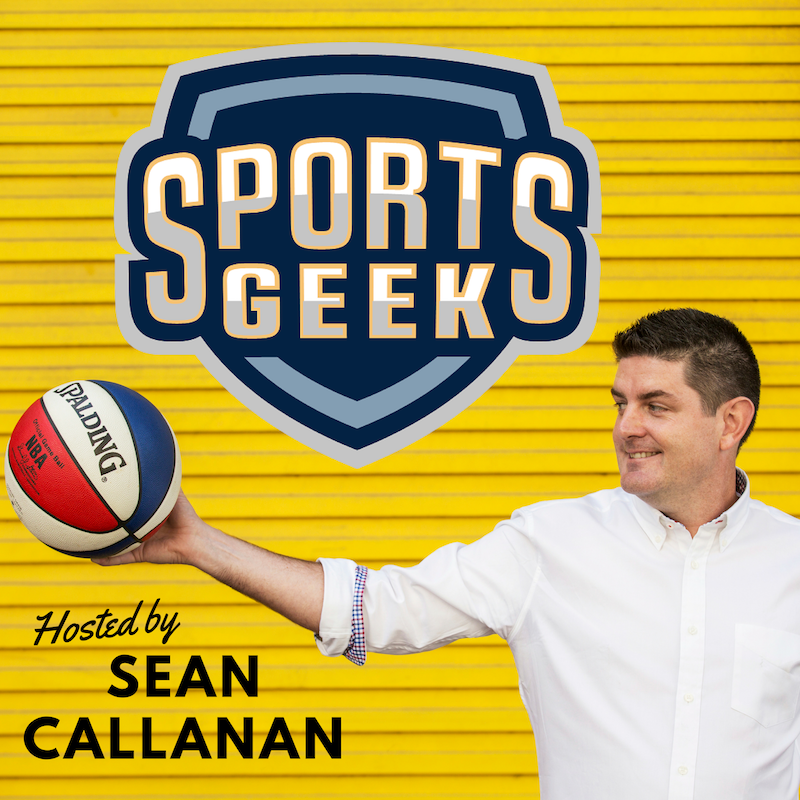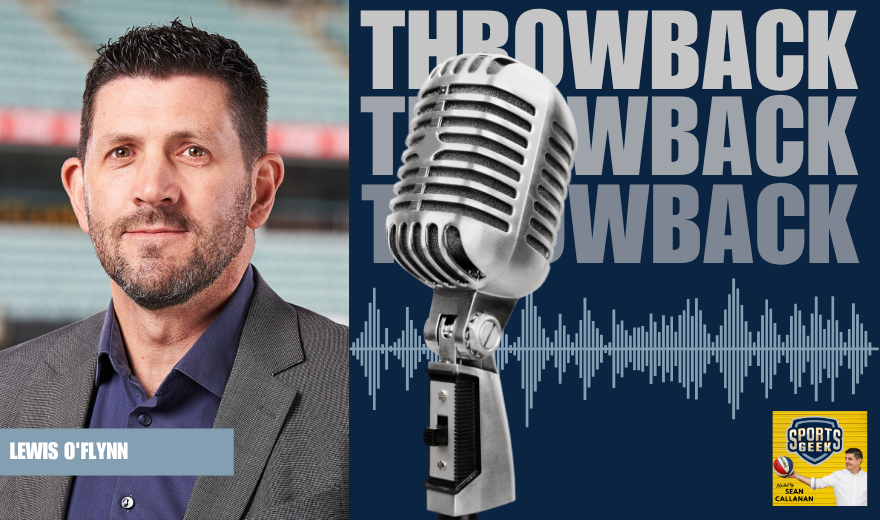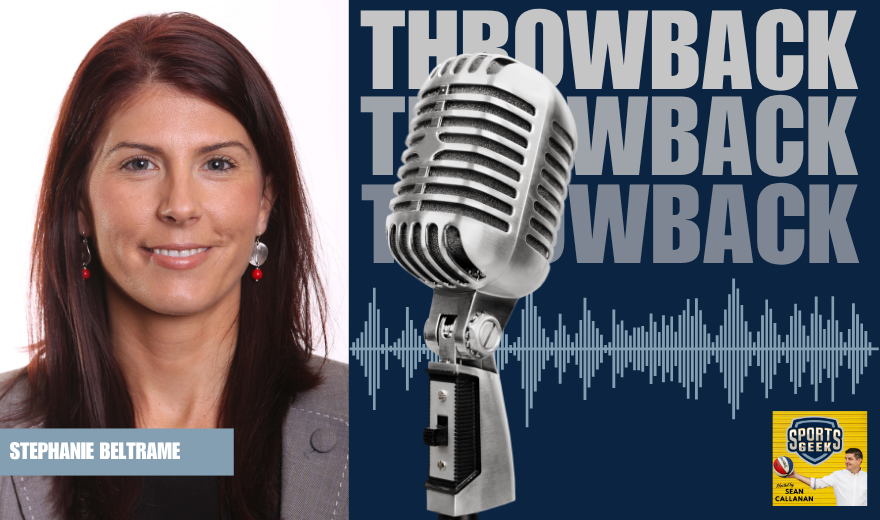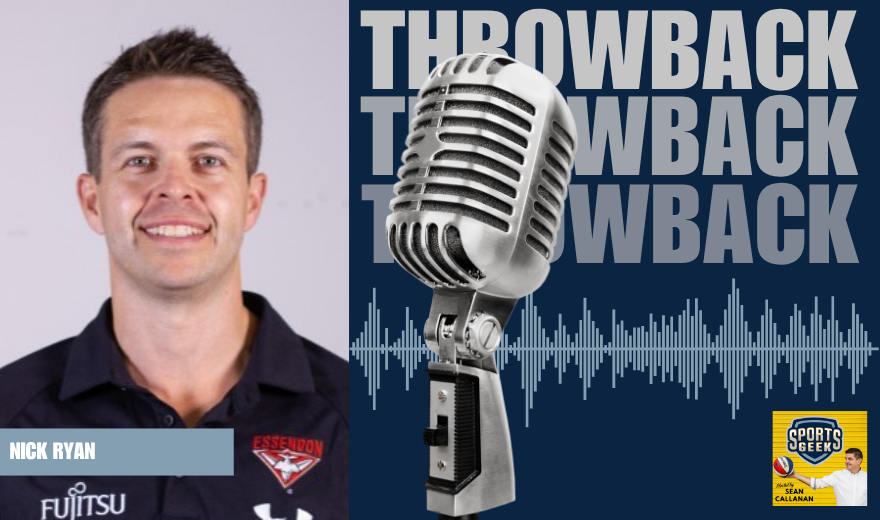This transcript has been lightly edited by AI
Sean: There was a lot of preparation to be ready for the Super Bowl and to upgrade the infrastructure of the stadium from a Wi-Fi and cellular infrastructure point of view. I spoke to Michelle McKenna-Doyle at SEAT, and she spoke about analyzing how much data was being used at the Super Bowl. I think it was 3.2 terabytes of data sent by fans from their phones at the game. Obviously, people wanted to make sure they sent out a photo and a tweet to brag that they were at the Super Bowl. What was it like running that project and getting that infrastructure in place, so getting hacked in Mark Cuban's point of letting the fans use the technology when they want to, but they really want to be part of the game? How was it to run that project and get the stadium up to scratch?
Brad: Yeah, it was a benefit for us long-term because we had to upgrade the system. And one year prior, we began using consultants and different contractors to give us some guidance and direction. Of course, we had information on how much the IT became a part of the games for prior seasons, prior Super Bowls, and each year the amount of technology that was being used at the games was growing exponentially. So we just extrapolated out what had happened three years prior, where we thought we needed to be, and fortunately, we were able to take advantage of installing everything here and making it permanent. Actually, it's been a blessing for us going forward. It's interesting that we more than quadrupled the amount of capacity we have for Wi-Fi and cellular to take care of the Super Bowl.
When you get off from a pipeline that was about 200Mb to up to 1 Terabyte for your pipeline coming in and out, and then all of the additional infrastructure that allows for the downstreaming and upstreaming, the inbounds, the outbounds, it was an amazing experience. What's interesting is we've proven now with gathering the data that we had prior to the Super Bowl, we had some guests who were underserved because we didn't have enough capacity to take care of everything they wanted to do. And now today we do. We follow that very closely with each one of our games. The scary thing is that with the new phones that were coming out, going from G to the N band, they use up a lot more of the Wi-Fi capacities than the old phones did.
And with everybody upgrading and updating their phones, what's interesting is, one of the pieces of data that we found is as people come to our events, their phones have been doing updates to their phones, but haven't really fully updated until it arrives here with the capacity of such that it allows the phones to then do an enormous amount of inbound data to their phones that otherwise they're not getting. And I don't know that they actually understood that that's what's happening with their smartphones. So it's really worked out quite well for us.
Sean: Yes, I've spoken to John Branson at Extreme, and some of the stuff that the analytics they've done with their partnership with the NFL showed that a lot of fans don't connect to Wi-Fi that often. So when they turned up to a stadium, a big chunk of the data that's been downloaded is people updating their apps and updating their operating systems. So I think the sophistication of how the pipeline is offered to fans and blocking that kind of thing would be sort of the next phase. I think the other thing that's different if we listen to what Mark was saying about what he wants the fans to use their smartphones for; it doesn't fit for basketball because it is so action-packed. There are no breaks in the action to pick out your phone and look at it, whereas the NFL with all the breaks in play, all the TV spots. It really does fit itself to pulling out your phone, checking in on red zone on another game, because you're not missing anything at a game. So it's a different type of smartphone use that's in an NFL game that would lend itself to want more Wi-Fi.
Brad: Yeah, that's true.


